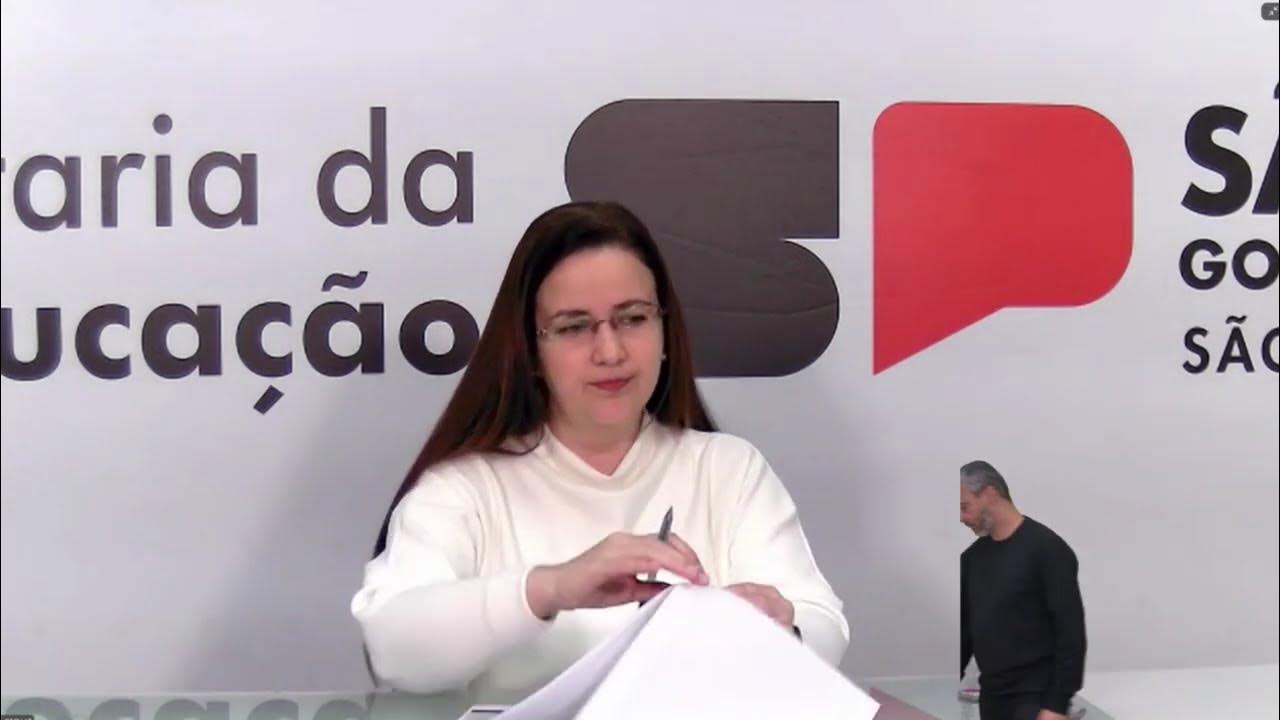Everyone misses this problem solving step
Summary
TLDRThe video script emphasizes the importance of integrating conceptual understanding with procedural skills in problem-solving, particularly in physics. It outlines a four-step process from identifying concepts to evaluating answers, highlighting the crucial step of making a conceptual prediction before executing mathematical solutions. This approach ensures that students don't merely memorize procedures but deeply understand the principles, allowing them to catch errors and improve both their conceptual and mathematical competencies.
Takeaways
- 📚 The script discusses the problem-solving advice from a physics book that can be applied to various types of problems beyond physics.
- 🧠 It emphasizes the importance of learning both procedural skills and conceptual knowledge simultaneously to avoid misconceptions.
- 🔍 The four-step problem-solving process outlined in the book includes identifying concepts, setting up the problem, executing the solution, and evaluating the answer.
- 📝 A crucial part of the 'set up the problem' step is to make an estimate or conceptual prediction before doing any calculations.
- 🤔 The conceptual prediction is meant to be based on an understanding of the problem and applicable physics principles, not just symbolic manipulation.
- 📉 The 'evaluate' step involves comparing the numerical solution to the conceptual prediction to check for consistency and logical sense.
- 🚫 Skipping the conceptual prediction leads to superficial evaluation and a lack of deep understanding of the problem-solving process.
- 🤓 Making a conceptual prediction and comparing it to the numerical solution is a cognitive process that helps in learning and understanding physics concepts better.
- 🔄 When there's a conflict between the conceptual prediction and the numerical solution, it provides an opportunity for learning and improving both conceptual understanding and mathematical skills.
- 🧐 The process of making and comparing predictions can reveal misunderstandings in either the conceptual model or the mathematical application.
- 📈 By consistently following this problem-solving approach, students can integrate their conceptual understanding with their mathematical abilities.
- 👋 The speaker invites viewers to watch another video for more details on problem-solving and thanks them for watching.
Q & A
What is the main advice given in the physics book about problem-solving that is applicable to all kinds of problems?
-The main advice is to integrate conceptual knowledge with procedural skills while solving problems, emphasizing the importance of making a conceptual prediction before executing the mathematical solution.
What are the four steps outlined in the book for the problem-solving process?
-The four steps are: 1) Identify the concepts, 2) Set up the problem, 3) Execute the plan to find the solution, and 4) Evaluate the answer to see if it makes sense.
Why is making a conceptual prediction before solving the problem considered key in the problem-solving process?
-Making a conceptual prediction is key because it allows students to compare their numerical solution with their initial understanding, which can highlight any discrepancies and lead to a deeper understanding of the physics principles involved.
What is the purpose of estimating results and predicting physical behavior before executing the mathematical solution?
-The purpose is to form a conceptual understanding of the problem and the expected outcome, which is then used to evaluate the numerical solution and ensure it aligns with the physics principles.
How does the process of comparing numerical solutions with conceptual predictions help in learning?
-This process helps in learning by challenging students to reconcile any differences between their intuitive understanding and the mathematical solution, leading to improvements in both conceptual knowledge and procedural skills.
What is the potential consequence of skipping the conceptual prediction step in problem-solving?
-Skipping the conceptual prediction step may result in students solving problems without truly understanding the underlying physics concepts, leading to superficial evaluations and a lack of deep learning.
What does the script suggest about the relationship between conceptual models and mathematical models in problem-solving?
-The script suggests that when there is a conflict between the conceptual model based on physics intuition and the mathematical model, it presents an opportunity for learning and improving both models.
How does the script address the issue of students learning to solve problems without understanding the underlying concepts?
-The script addresses this issue by advocating for a problem-solving approach that integrates conceptual predictions with mathematical solutions, ensuring that students develop a comprehensive understanding of both.
What is the importance of evaluating the answer in the context of the problem-solving process described in the script?
-Evaluating the answer is important as it serves as a check to ensure the numerical solution aligns with the conceptual prediction, fostering a deeper understanding and highlighting areas for improvement.
What cognitive process does the script differentiate between when students only evaluate their answers after obtaining a numerical solution?
-The script differentiates between solving the problem and checking if the answer makes sense versus making a conceptual prediction and then comparing it with the numerical solution, with the latter being a more effective learning process.
What additional insight does the script offer about the nature of problem-solving in physics?
-The script offers the insight that problem-solving in physics is not just about finding numerical solutions but also about developing and integrating conceptual understanding with procedural skills for effective learning.
Outlines

このセクションは有料ユーザー限定です。 アクセスするには、アップグレードをお願いします。
今すぐアップグレードMindmap

このセクションは有料ユーザー限定です。 アクセスするには、アップグレードをお願いします。
今すぐアップグレードKeywords

このセクションは有料ユーザー限定です。 アクセスするには、アップグレードをお願いします。
今すぐアップグレードHighlights

このセクションは有料ユーザー限定です。 アクセスするには、アップグレードをお願いします。
今すぐアップグレードTranscripts

このセクションは有料ユーザー限定です。 アクセスするには、アップグレードをお願いします。
今すぐアップグレード関連動画をさらに表示

College Physics 1: Lecture 1 - Mathematics Review

14/07/25 - Devolutivas da Prova Paulista 2º Bimestre - Ensino Médio - Física

The 5 Strands of Math Proficiency

How to handle deep study in so little time? | IIT Prof's tips

PENGANTAR BISNIS - Kemampuan yang Harus Dimiliki Manajer - 5.2

BEST NOTES in DSA | Make EFFECTIVE Notes For CODING | Data Structures and Algorithms | Parikh Jain
5.0 / 5 (0 votes)
